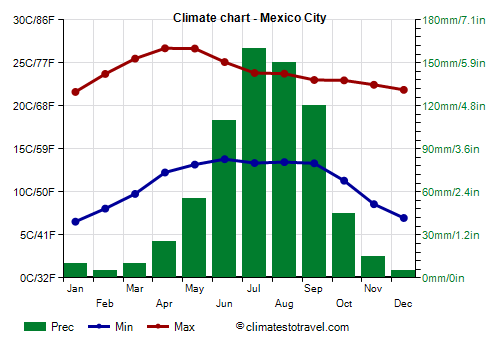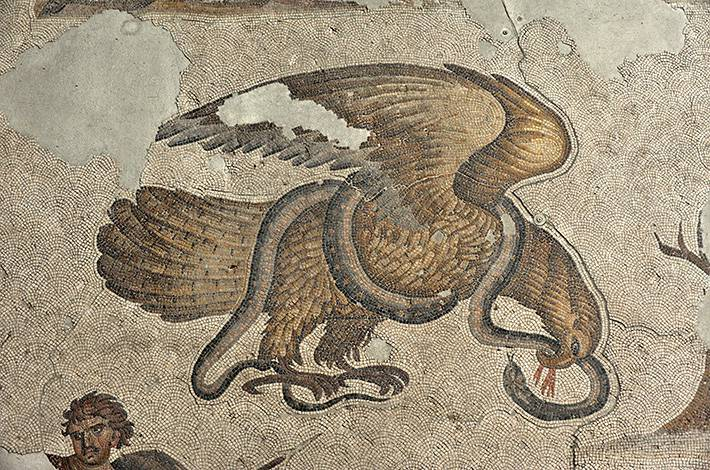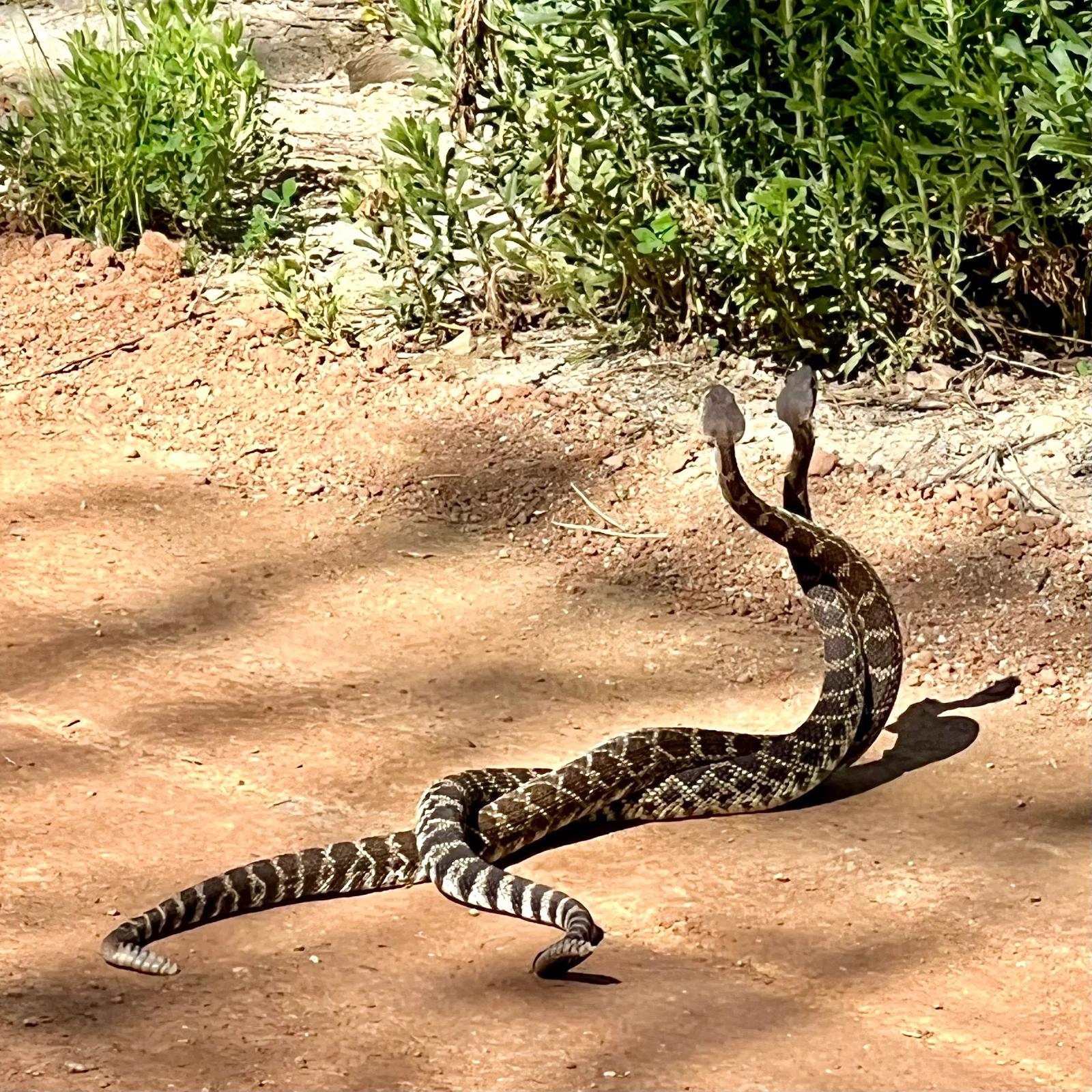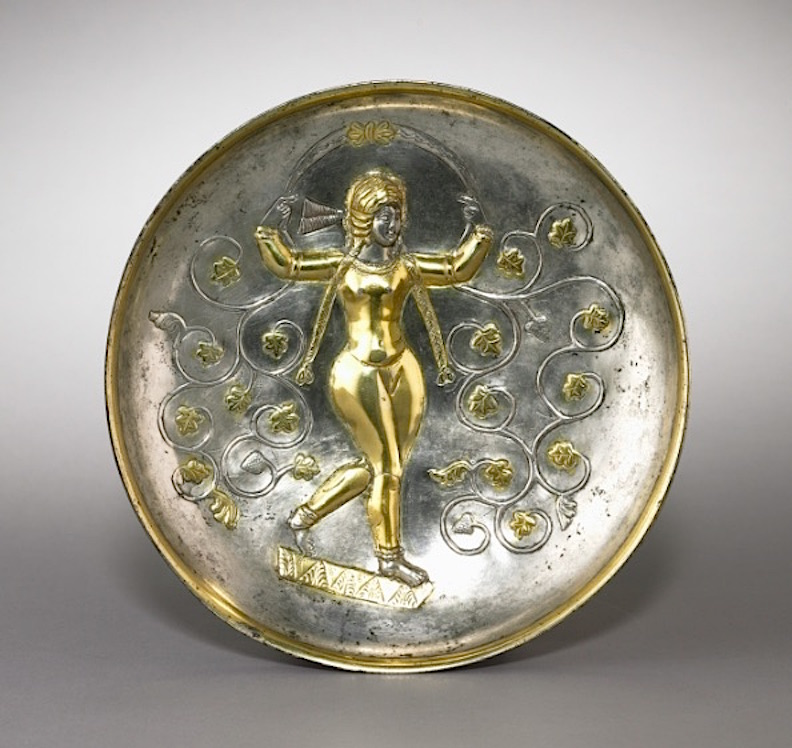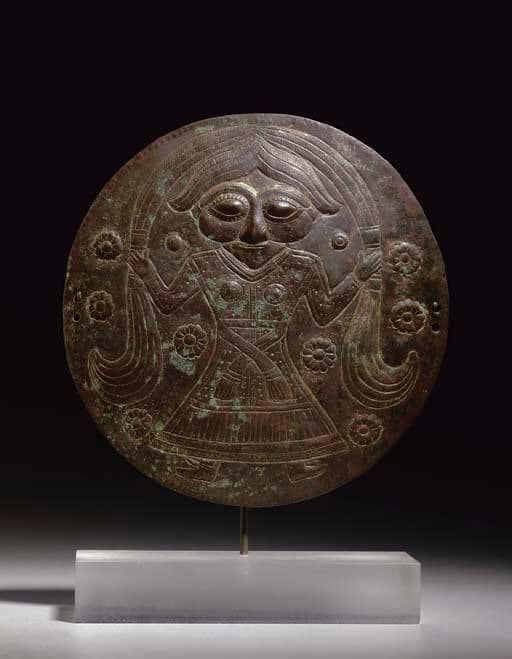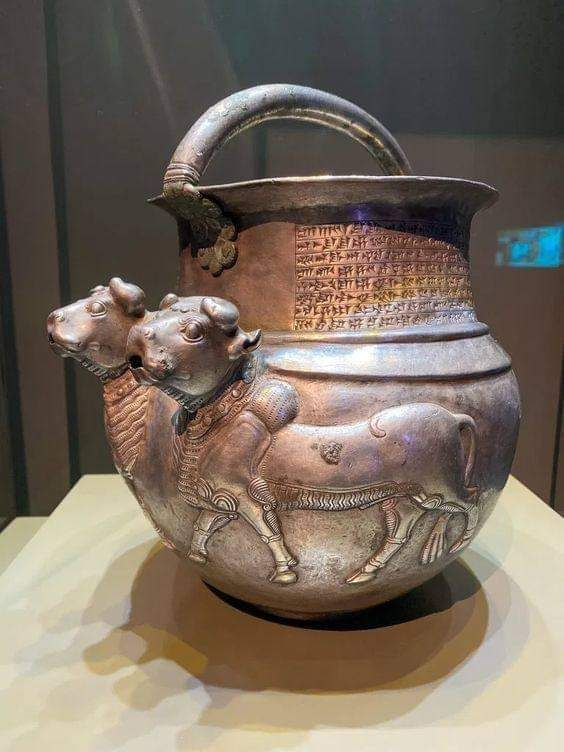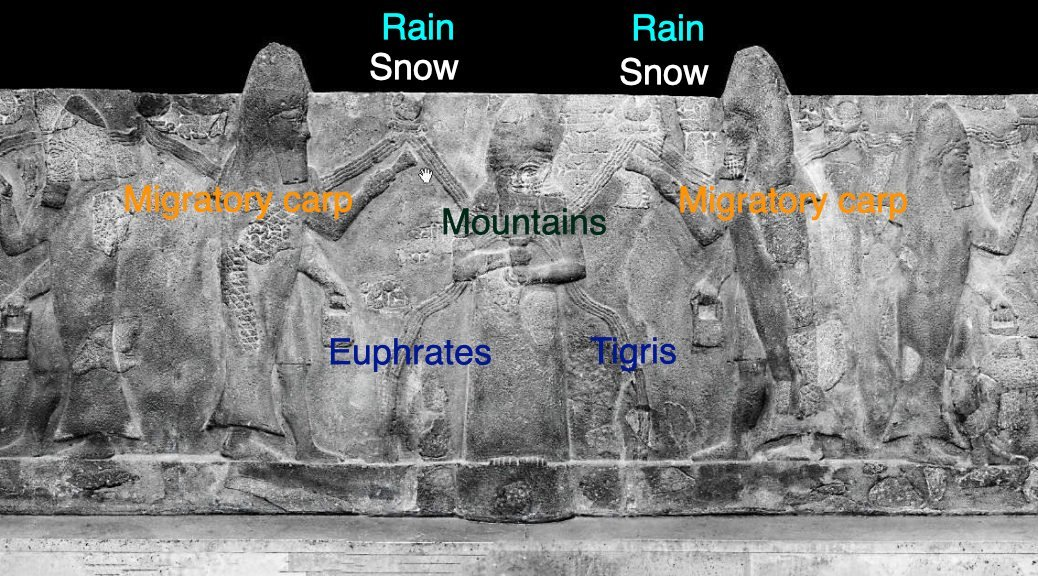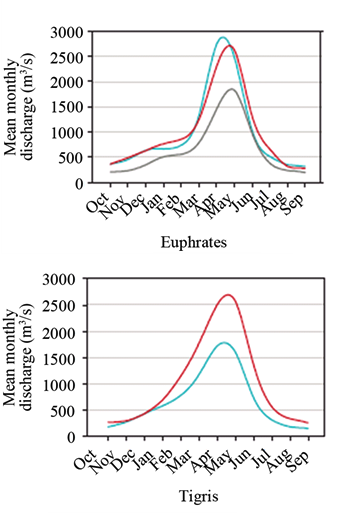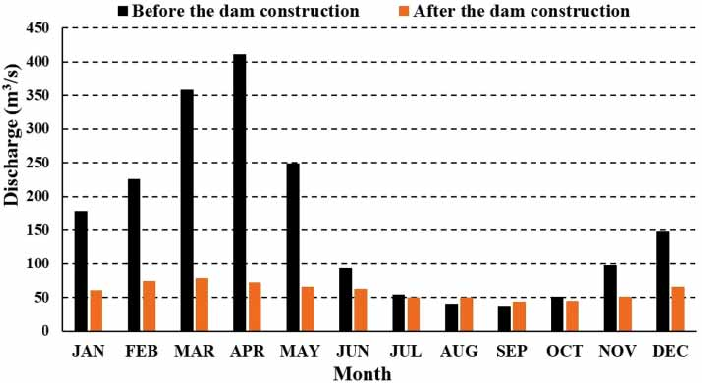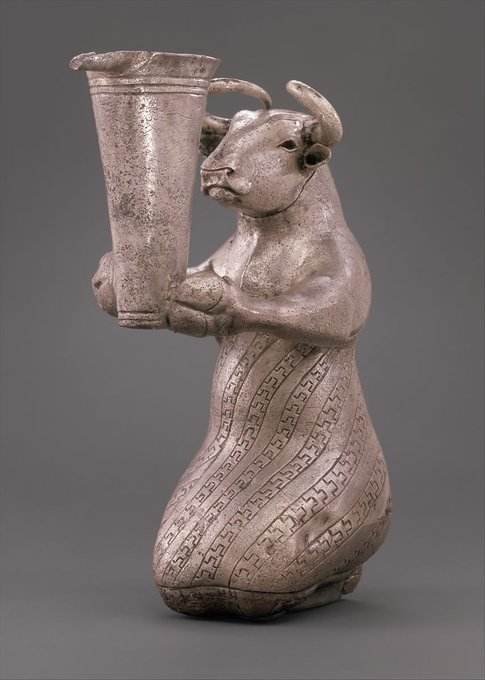In this post I will talk about the back panel of the "Temple of the Sacred War", a monolithic pre-Columbian miniature of an Aztec temple, currently in the Museo Nacional de Antropología, Mexico City...
I first discovered that this artefact existed when in 2023 I posted this post in X:
Eagle-Snake struggle mosaic from the palace of the Emperor Justinian I (527-565), Istambul
is a complex animal calendar marker for the thunderstorm season in Europe Apr/May - Sep/Oct
when migratory snake eagles can be seen in Europe...
I talked about this in my post "Eagle snake struggle"...
And @JuraPijandura replied with this: Have you ever thought about the same motive in Aztec civilization? Do they correlate?!
As it turned out, the image he posted was the photo of the back panel of the "Temple of the Sacred War"...
It depicts: "an eagle, representation of the god of war Huitzilopochtli holding in its beak the glyph for war, while standing on a prickly pear cactus which grows out of the goddess of lakes and streams, Chalchiuhtlicue".
The symbol for war consists of two opposite elements - water and fire, forming two streams (most likely one blue and one red) that when put together form the idea of "war".
Each element is a source of energy and life-force but can also be one of destruction. Ever heard of Yin (dark, cold, water, wet, downward, earth) and Yang (light, hot, fire, dry, upward, sun)? Life thrives only where there is balance between these two opposites...
Interestingly, in the language of the Aztecs/Mexica (Náhuatl), the war glyph is called "atl tlachinolli", meaning "water, burnt earth". This indicates that in the war glyph, the fire is the fire of the sun which burns earth, causes drought, and that water is rain water...
If we look at Mexico climate chart we can see that the climatic year is divided into two "opposite" seasons, wet and dry season...
This is why Aztec year was also divided into two "opposite" seasons: farming (wet) season, Apr/May-Oct/Nov, and war (dry) season, Oct/Nov-Apr/May...
This is also why the main temple of the Aztec/Mexica was topped by paired shrines to (rain god) Tlaloc and (war, and sun, god) Huitzilopochtli...
So sun (fire) vs rain (water) = opposites = conflict = WAR (glyph)...
Sacred War?...War between the sun and rain (gods)?
Sacred War for capturing sacrificial victims that will be sacrificed to the deified "opposing" forces which decide if Aztec/Mexica will live or die???
Ok, back to the back panel of the "Temple of the Sacred War". It's time to look at the local climate and the animals (eagle) and plants (prickly pear) depicted on it, and see if they are just random animals and plants or are we looking at animal and plant calendar markers...
Aztec civilisation developed inside the Valley of Mexico, a highlands plateau in central Mexico surrounded by high mountains, full of rivers which all emptied into the central lakes...
The lakes and most rivers of the Valley of Mexico are now gone, buried under the Mexico City, but some, like Magdalena river are still above ground and their monthly flow chart, published in this article, looks like this:
During the time when Aztec mythology was developed, the wet season in the Valley of Mexico which is Apr/May-Oct/Nov, the season when rivers, and the lakes they fed were full of water, was the season ruled by Chalchiuhtlicue, goddess of lakes and streams...And floods...
Why would prickly pear be depicted growing out of the mouth of the goddess Chalchiuhtlicue?
Cause in Mexico, prickly flowering starts in Apr/Jun, start of rain (flowing water) season, and fruit season starts in Jul/Aug, peak of rain (flowing water) season...
Ok, what about the eagle? The eagle is a golden eagle, which in Mexico nests in Mar/Apr/May/Jun. The eggs hatch after about 45 days, and and chicks fledge after about 75 days, in Jul/Aug, peak of the rain (flowing water) season...
So both prickly pear and golden eagle are animal calendar markers for the rain (flowing water) season...Which is also the agricultural season...The fertile season...The season of life...
This is why both golden eagle and prickly pear cactus feature in the Aztec/Mexica myth about the founding of their capital, Tenochtitlan:
Aztecs were looking for a new place to settle. Huitzilopochtli (the sun, war god) told them that they will settle in a place where they see "an eagle with a snake in its beak, standing on a cactus growing from a rock in the middle of a lake".
Finally, after 200 years of wondering through Mexican desert, a scout looking for water saw "an eagle with a snake in its beak, standing on a cactus growing from a rock in the middle of a lake". The lake was lake Texcoco in the Valley of Mexico.
The Aztecs established their capital city on the island in about 1325AD and named it Tenochtitlan, which means "place where a prickly pear cactus grows from a stone"...
Wow, cactus, eagle...But what's with the snake? Is this another animal calendar marker?
It is. Rattlesnake season in Mexico is Apr/May-Oct/Nov. This is when the rattlesnakes are most active, but also when rattlesnakes mate...And when rattlesnakes mate they dance...
So a golden eagle, devouring a snake, while standing on a prickly pear cactus...Like on this depiction of the Aztec myth from the 16th century "The History of the Indies of New Spain", sometimes referred to as the Durán Codex...
All animal calendar markers for Apr/May - Oct/Nov, the rain, flowing water, agriculture season. The season of life, peace...As opposed to Oct/Nov - Apr/May, the sun, drought, war season. The season of death...Ruled by Huitzilopochtli...
I will continue with my analysis of the "Temple of the Sacred War" in my next post, where I will talk about Huitzilopochtli...
To read more about ancient animal and plant calendar markers, start here…Then check my twitter threads I still didn't convert to blog post...I am way way behind...

